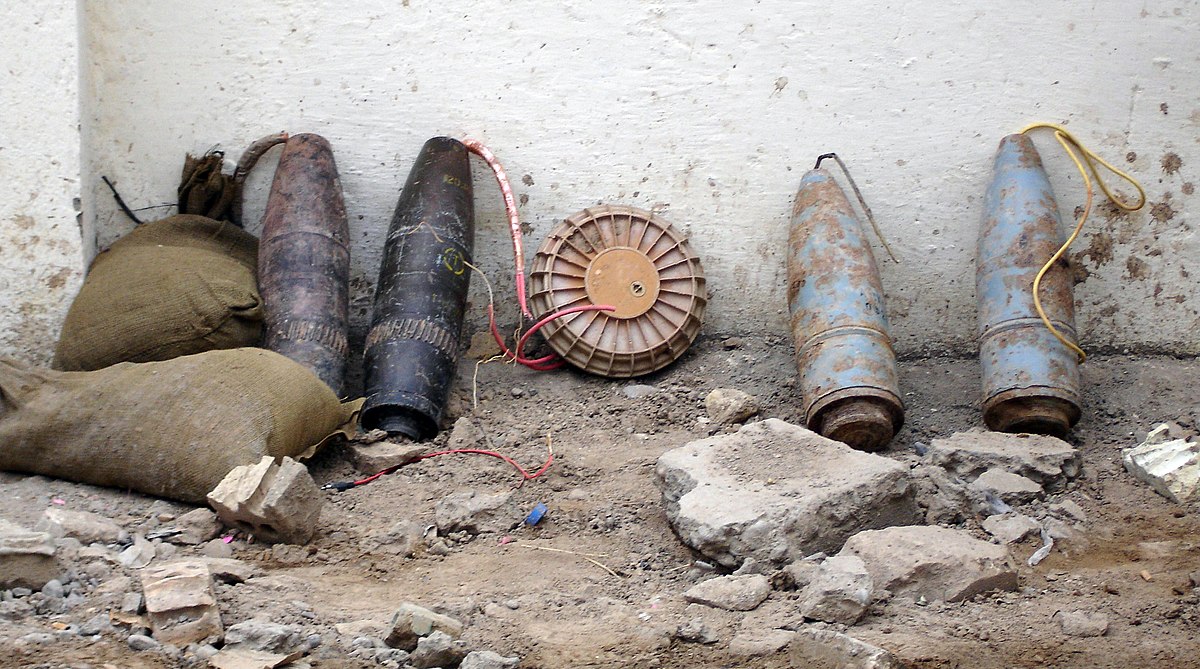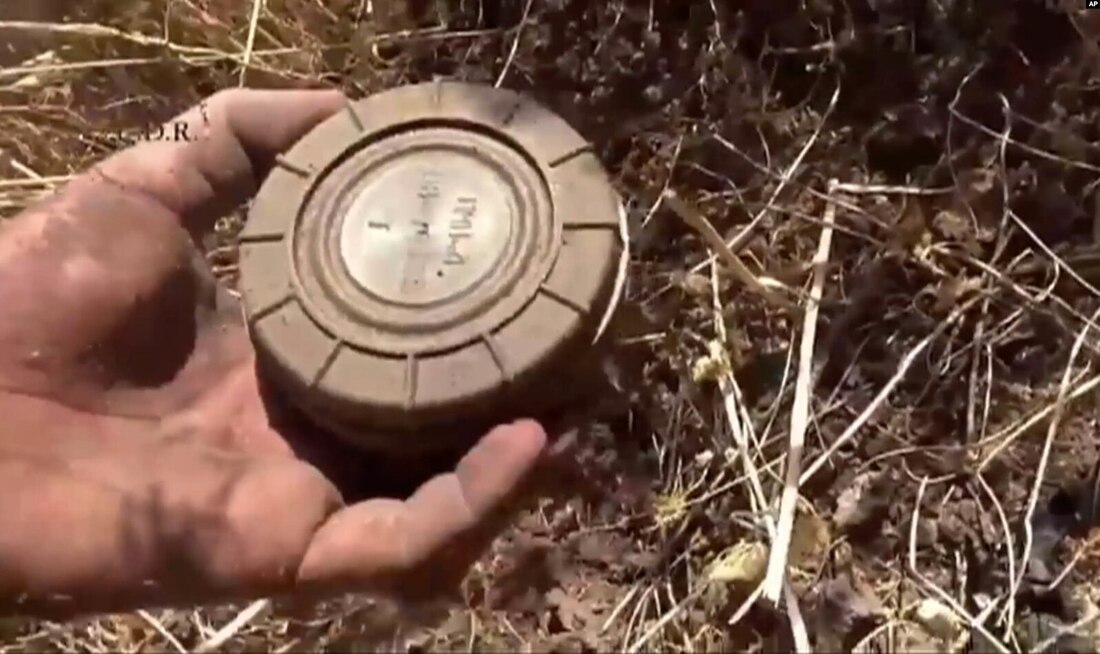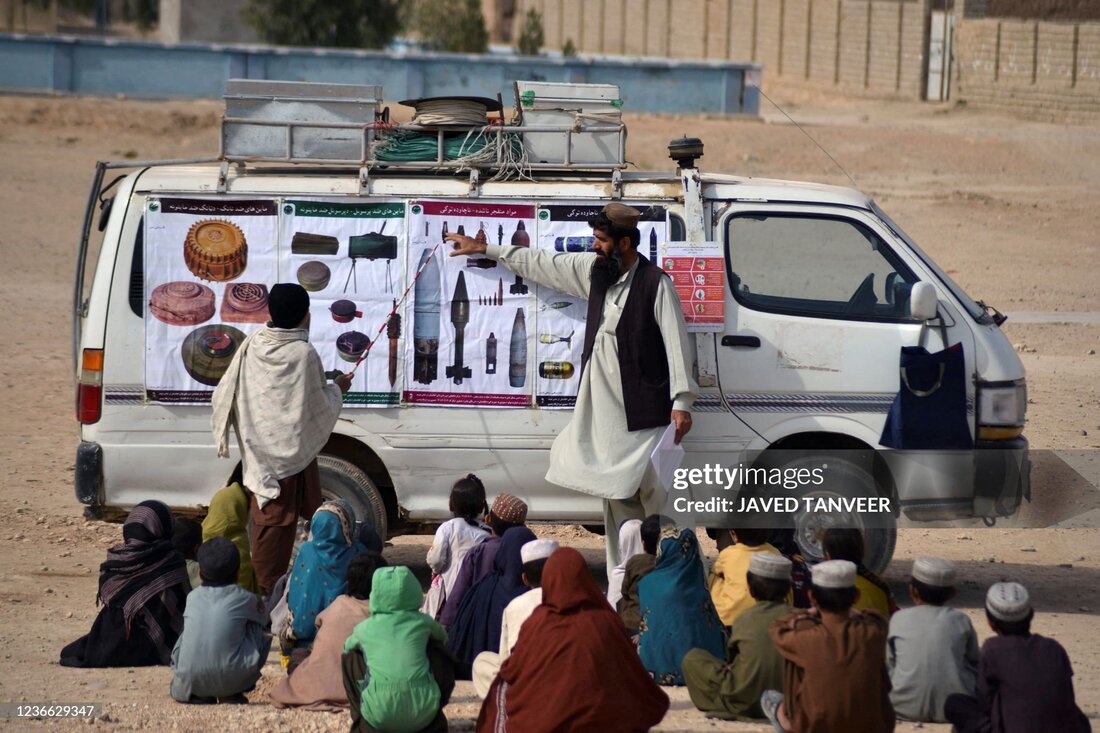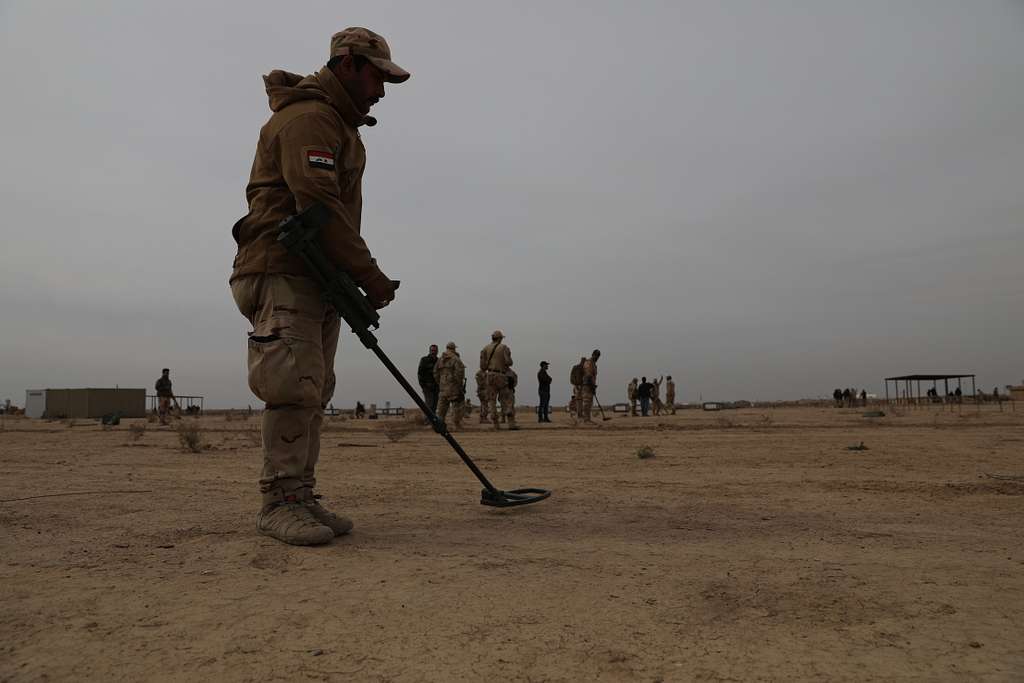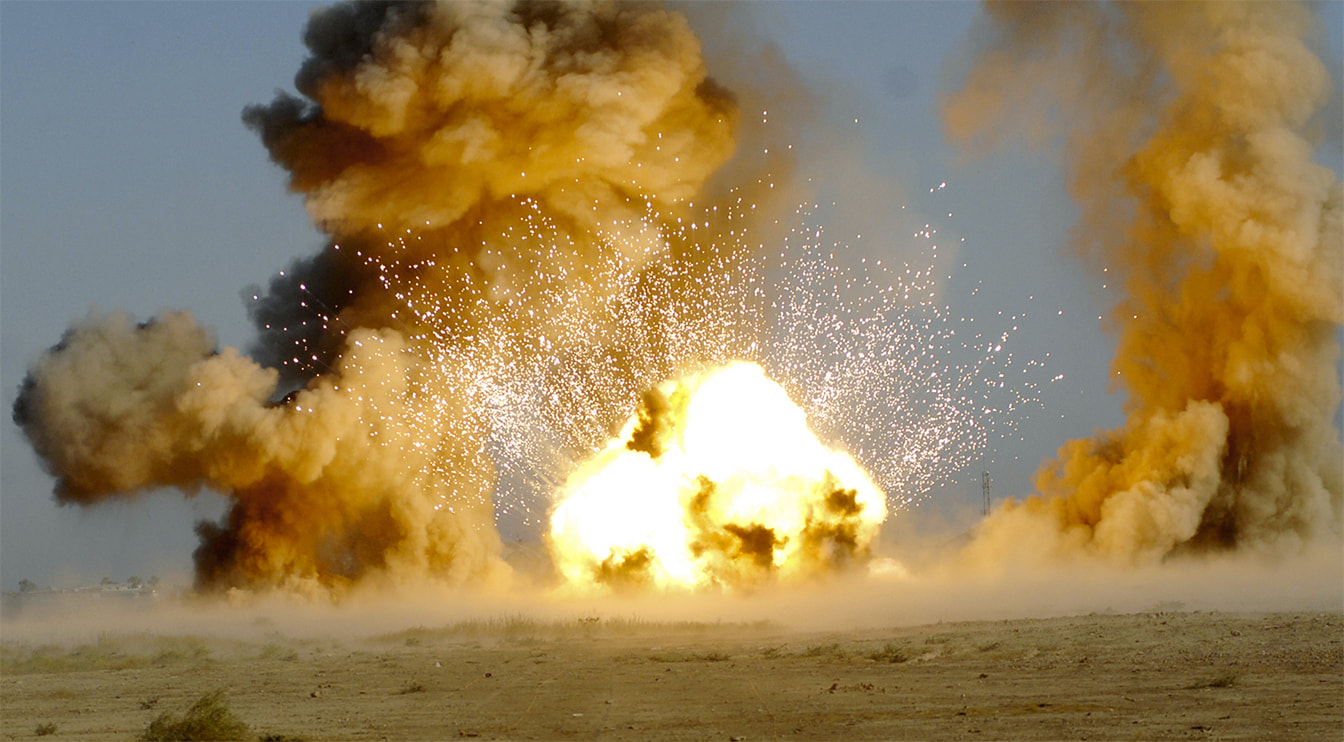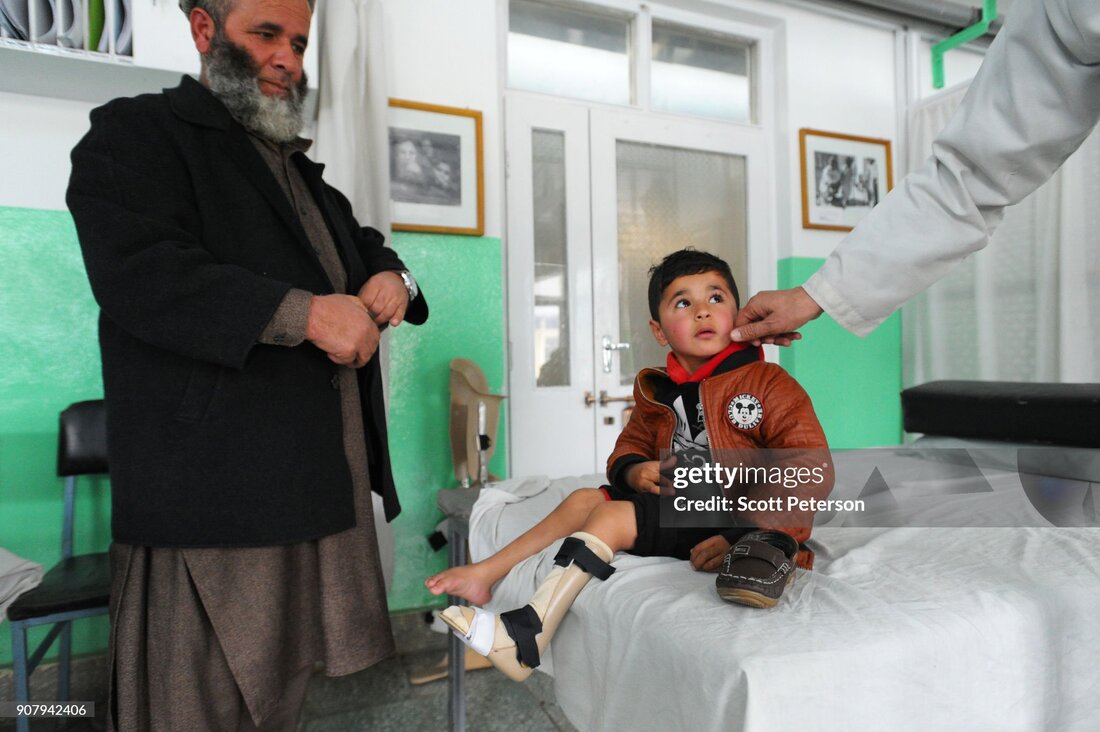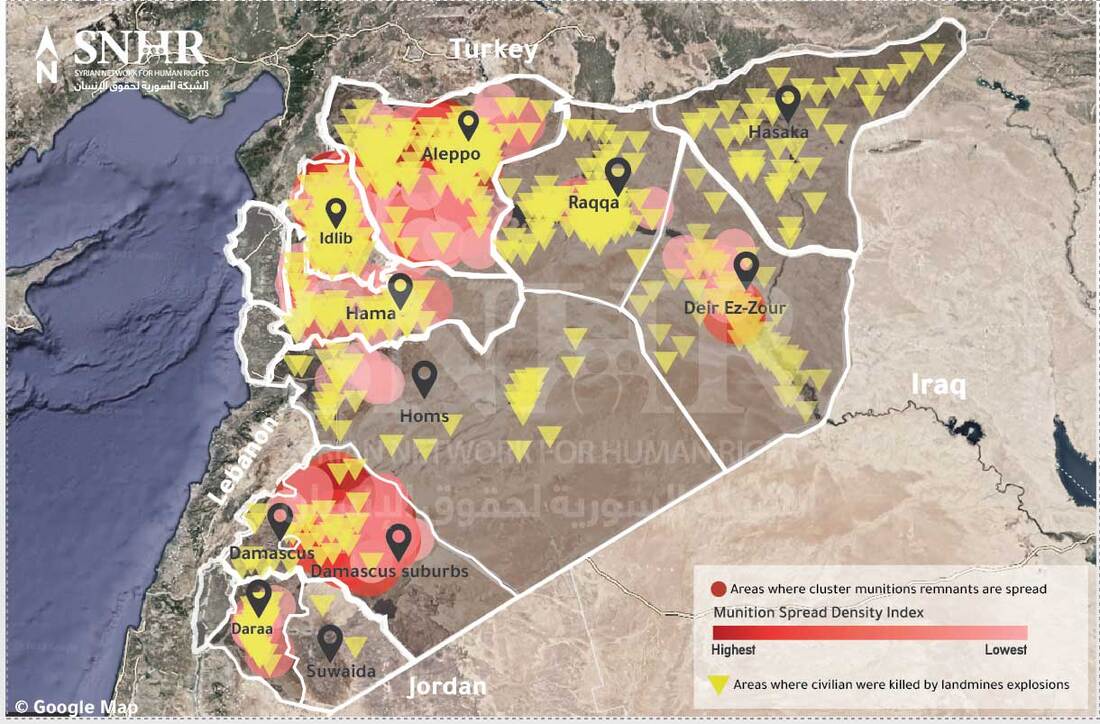18.01.2025
Landmine Clearance In Syria
Bomb disposal teams in Idlib are working to disarm landmines planted by the Assad regime. Farmers and agricultural workers returning to the land are being killed and injured by these hidden weapons. Syria is not a signatory to the Mine Ban Treaty and is reported to have planted over 700,000 mines near its borders with Türkiye and Lebanon. Most of the other mine laying in Syria is believed to be of improvised devices. The widespread explosive ordnance contamination continues to threaten lives, hamper access to basic services, and obstruct the delivery of humanitarian assistance and the efforts of the international community toward building resilience and early recovery. Records indicate that since 2013, an average of 4 people per day have been killed or injured by explosive ordnance, and, according to the 2022-2023 Humanitarian Needs Overview, 1 in 2 Syrians are estimated to be living in areas containing some form of explosive ordnance contamination. The need for sustained and comprehensive explosive ordnance mitigation measures and the integration of humanitarian mine action across the humanitarian response and early recovery programming, is paramount. Syria records the largest number of explosive ordnance casualties in the world, the majority of recorded accidents are in northwest Syria. United Nations Mine Action Service (UNMAS) coordinated casualty reports and recorded 12,345 explosive ordnance casualties in Syria between 2013 and 2020, resulting in 4,389 deaths and 7,956 injuries. Contamination is incredibly diverse and massive as the whole range of explosive weapons has been used in Syria: Improvised explosive devices, landmines, including improvised mines, aerial bombs, mortars, etc. have been widely used during the 11-year conflict. The contamination covers agricultural lands, disrupting traditional local economy and increasing the danger on agricultural workers who return to unsafe fields to make a living that is vital for them and their families. Further, urban areas are highly contaminated, which both puts people in danger and prevents humanitarians implementing much needed activities such as the rebuilding of homes, schools and, health centers.
Credit: ALJAZEERA
Credit: ALJAZEERA
Poverty deprives people of adequate education, health care and of life's most basic necessities- safe living conditions (including clean air and clean drinking water) and an adequate food supply. The developed (industrialized) countries today account for roughly 20 percent of the world's population but control about 80 percent of the world's wealth.
Poverty and pollution seem to operate in a vicious cycle that, so far, has been hard to break. Even in the developed nations, the gap between the rich and the poor is evident in their respective social and environmental conditions.
Poverty and pollution seem to operate in a vicious cycle that, so far, has been hard to break. Even in the developed nations, the gap between the rich and the poor is evident in their respective social and environmental conditions.
